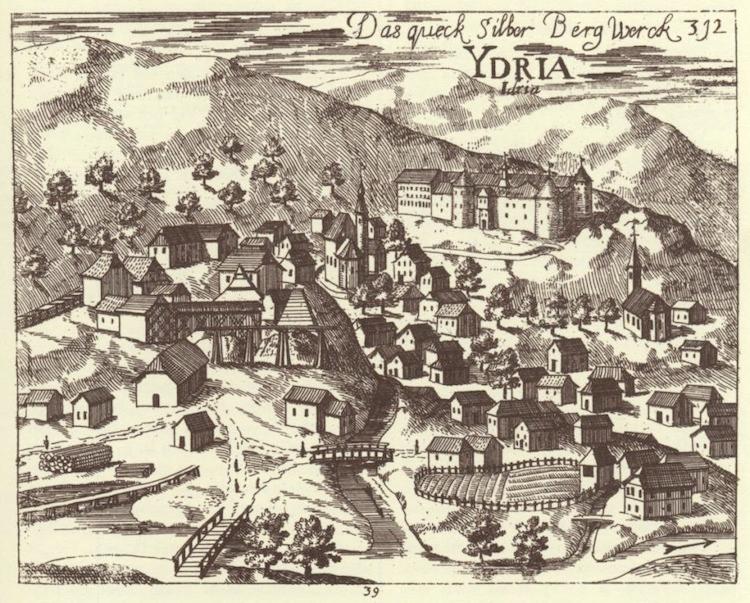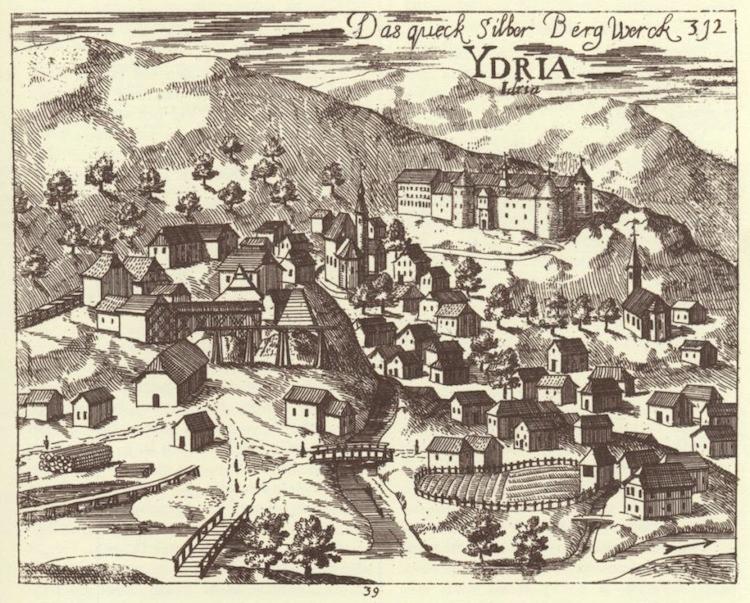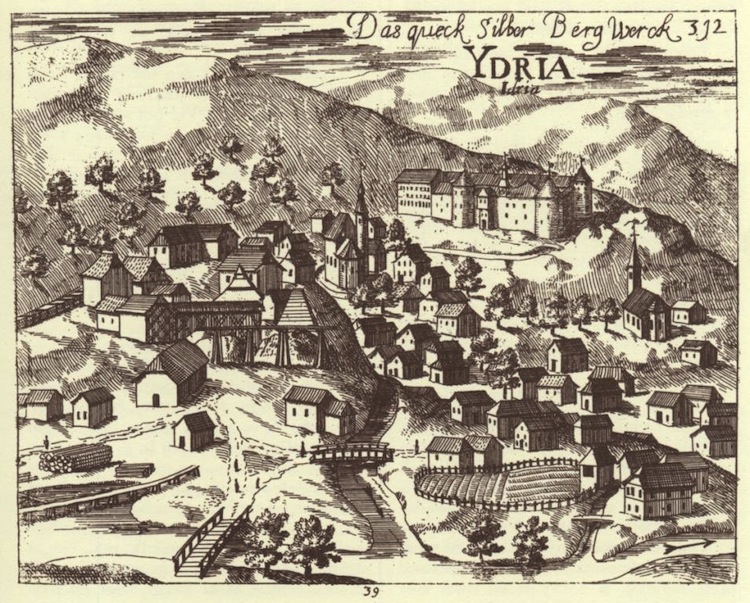The United Nations cultural arm on Saturday added seven new sites to its World Heritage list in Iran, Malaysia, Canada, Germany, Portugal, Spain and Slovenia, and France.
The Gonbad-e Qabus tomb built in A.D. 1006 near an ancient city in northeast Iran was placed on the list because it “bears testimony to the cultural exchange between Central Asian nomads and the ancient civilization of Iran,” according to UNESCO.
In Malaysia, archaeological sites in Lenggong Valley, including open-air sites and caves, were added. “[T]he property includes four archaeological sites in two clusters, which span close to two million years,” the agency said. The sites contain evidence of early technology such as tool workshops.
In Canada, UNESCO added the Grand-Pré marshland and several archaeological sites in the Maritime province of Nova Scotia. The sites “bearing testimony to the development of agricultural farmland using dykes” and other agricultural methods used by early European settlers.
The agency also added the Margravial Opera House in Germany’s Bayreuth, which was built in the mid-1700s. It is “the only entirely preserved example of its type where an audience of 500 can experience Baroque court opera culture and acoustics authentically,” it said.
In Portugal, now listed is the garrison border town of Elvas and its fortifications, which were first constructed in 1640. The town “represents the largest bulwarked dry ditch system in the world.”
Mining sites in Slovenia and Spain, Idrija and the Heritage of Mercury Almadén respectively, were also listed. The site in Almadén has been mined since antiquity, according to UNESCO, and in Slovenia, mercury was first discovered in 1490.
France’s massive 120,000-hectare (or 463 square mile) Nord-Pas de Calais coal mining basin, in use from 1700s to the 1900s, was included on the heritage site as an illustration of the history of industrial Europe. The basin includes 160-year-old mining pit, giant slag heaps, worker villages, schools, offices, a town hall, and everything needed in a 19th century worker’s city.
The 36th session of the World Heritage Committee opened in St. Petersburg on June 24 and will continue through July 6. So far this session the Committee has inscribed more than 20 sites on the World Heritage List.






